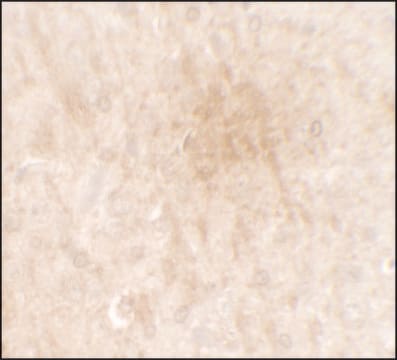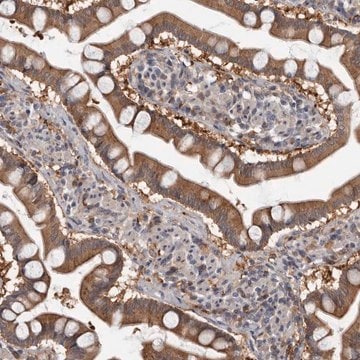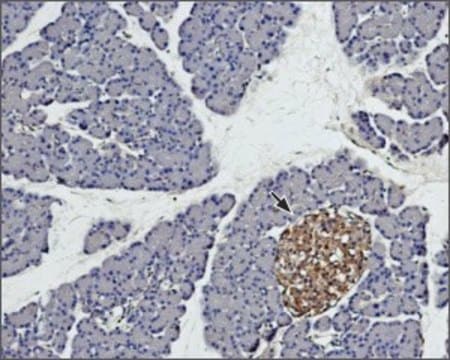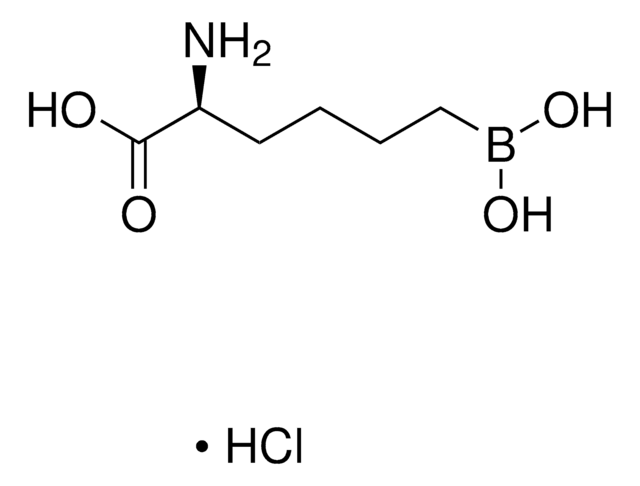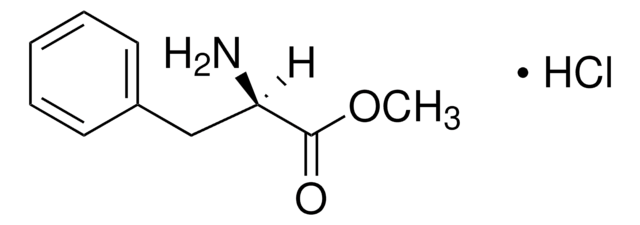推荐产品
生物源
rabbit
共軛
unconjugated
抗體表格
IgG fraction of antiserum
抗體產品種類
primary antibodies
無性繁殖
polyclonal
形狀
buffered aqueous solution
物種活性
human
技術
immunohistochemistry: 1:50-1:100
indirect ELISA: 1:1000
western blot: 1:100-1:500
NCBI登錄號
UniProt登錄號
運輸包裝
dry ice
儲存溫度
−20°C
目標翻譯後修改
unmodified
基因資訊
human ... FGFR4(2264)
一般說明
FGFR4 (fibroblast growth factor receptor 4) gene is located at chromosome 5q35.2. It is the most abundant FGFR isotype in mature liver cells. It is expressed in a temporal and spatially specific manner during development and in a cell type-specific manner in adult tissues.
FGFR4 is a member of the fibroblast growth factor receptor family, where amino acid sequence is highly conserved between members and throughout evolution. FGFR family members differ from one another in their ligand affinities and tissue distribution. A full-length representative protein would consist of an extracellular region, composed of three immunoglobulin-like domains, a single hydrophobic membrane-spanning segment and a cytoplasmic tyrosine kinase domain. The extracellular portion of the protein interacts with fibroblast growth factors, setting in motion a cascade of downstream signals, ultimately influencing mitogenesis and differentiation. The genomic organization of the gene, compared to members 1-3, encompasses 18 exons rather than 19 or 20. Although alternative splicing has been observed, there is no evidence that the C-terminal half of the IgIII domain of this protein varies between three alternate forms, as indicated for members 1-3. This particular family member preferentially binds acidic fibroblast growth factor and, although its specific function is unknown, it is overexpressed in gynecological tumor samples, suggesting a role in breast and ovarian tumorigenesis.
免疫原
FGFR4 (29-66)
This antibody is generated from rabbits immunized with a KLH conjugated synthetic peptide selected from the N-terminal region of human FGFR4.
This antibody is generated from rabbits immunized with a KLH conjugated synthetic peptide selected from the N-terminal region of human FGFR4.
應用
Anti-FGFR4 (N-term) antibody produced in rabbit has been used in immunohistochemistry.
生化/生理作用
Variations in the FGFR4 (fibroblast growth factor receptor 4) is associated with the advancement of various tumor types such as breast, prostate, colon, sarcoma tumors and ovarian cancer. Overexpression of FGFR4 is observed in diffuse-type gastric cancer and intestinal-type gastric cancer. FGFR4 is significantly involved in epithelial-to-mesenchymal transition, induced by tumor-associated fibroblasts. FGFR4 negatively regulates cholesterol metabolism and synthesis of bile acid in liver. Deletion of FGFR4 does not lead to embryonic damage, unlike other members of the FGFR family. FGFR4 serves as a prognostic and therapeutic biomarker for oral squamous cell carcinoma (OSCC) and oropharyngeal squamous cell carcinoma.
外觀
Purified polyclonal antibody supplied in PBS with 0.09% (W/V) sodium azide.
免責聲明
Unless otherwise stated in our catalog or other company documentation accompanying the product(s), our products are intended for research use only and are not to be used for any other purpose, which includes but is not limited to, unauthorized commercial uses, in vitro diagnostic uses, ex vivo or in vivo therapeutic uses or any type of consumption or application to humans or animals.
Not finding the right product?
Try our 产品选型工具.
儲存類別代碼
10 - Combustible liquids
水污染物質分類(WGK)
nwg
閃點(°F)
Not applicable
閃點(°C)
Not applicable
Mikito Inokuchi et al.
World journal of surgical oncology, 15(1), 2-2 (2017-01-07)
Receptor tyrosine kinases promote tumor progression in many cancers, although oncologic activation differs between diffuse-type gastric cancer (DGC) and intestinal-type gastric cancer (IGC). Fibroblast growth factor receptor (FGFR) is one RTK, and we previously reported the clinical significance of FGFR1
Koos Koole et al.
Pathobiology : journal of immunopathology, molecular and cellular biology, 82(6), 280-289 (2015-11-10)
The aim of this study was to investigate whether fibroblast growth factor receptor 4 (FGFR4) could serve as a potential therapeutic target, prognostic biomarker or biomarker predicting radiotherapy sensitivity in oral squamous cell carcinoma (OSCC) and oropharyngeal squamous cell carcinoma
Two anti-angiogenic TKI-PET tracers, [11C]axitinib and [11C]nintedanib: Radiosynthesis, in vivo metabolism and initial biodistribution studies in rodents
Slobbe P
Nuclear Medicine and Biology, 612-624 (2016)
Lingling Hu et al.
Oncology reports, 34(5), 2683-2691 (2015-09-02)
Fibroblast growth factor receptor 4 (FGFR4) has been confirmed to be associated with the progression and prognosis of ovarian cancer, while the underlying mechanism has not been well elucidated and the clinical significance of its ligand, fibroblast growth factor 19 (FGF19), has not
Yongdong Jiang et al.
Oncotarget, 6(32), 34023-34029 (2015-10-03)
The fibroblast growth factor (FGF) receptor pathway is activated in many tumors. FGFR2 has been identified as a breast cancer susceptibility gene. Common variation in other FGF receptors might also affect breast cancer risk. We carried out a case-control study
我们的科学家团队拥有各种研究领域经验,包括生命科学、材料科学、化学合成、色谱、分析及许多其他领域.
联系技术服务部门